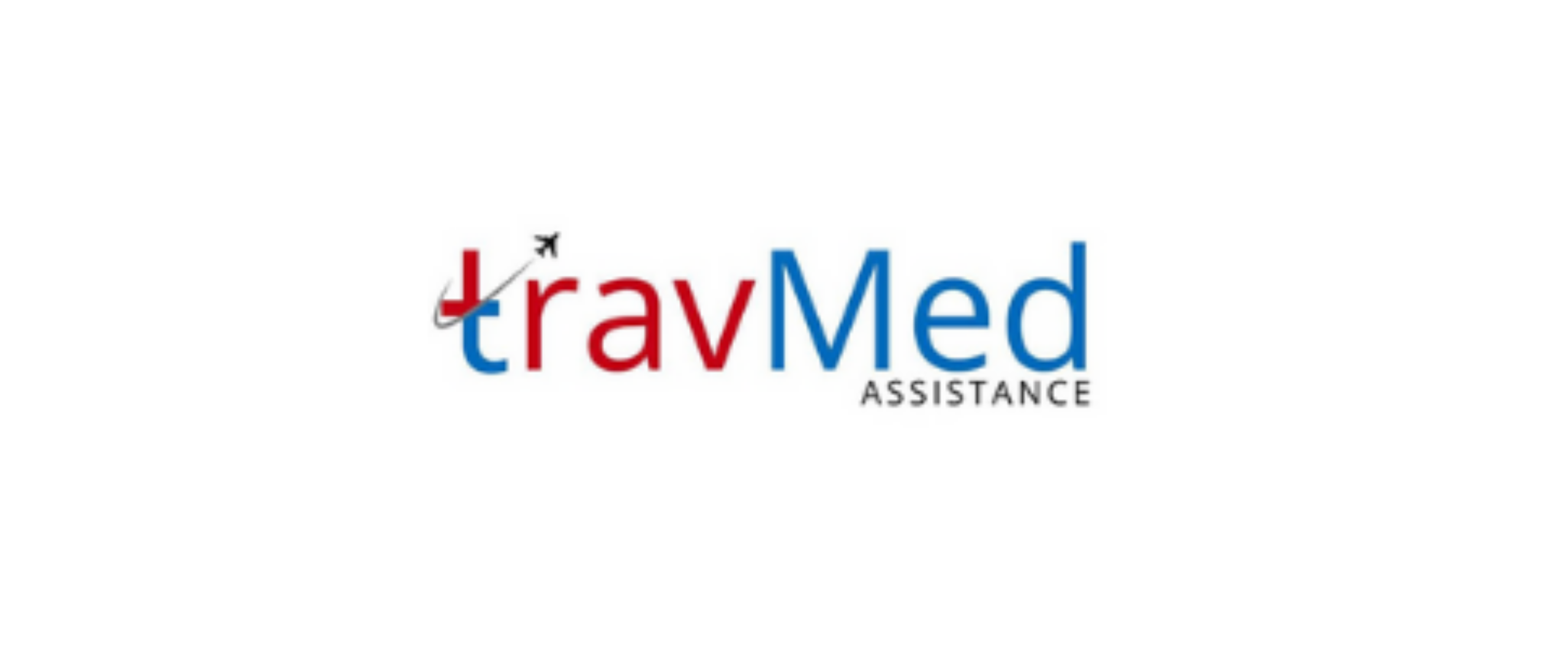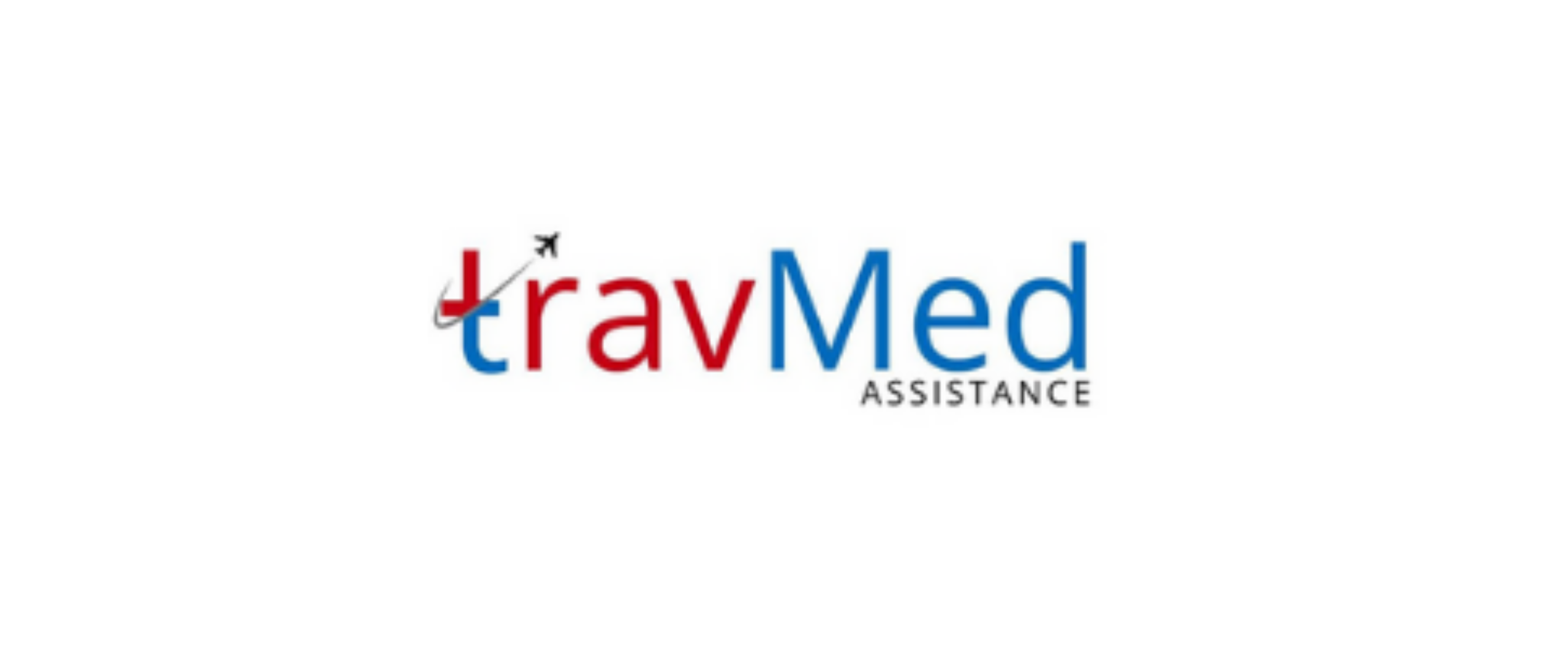
What is vehicle assistance in Nepal?
Vehicle assistance in Nepal refers to a range of services designed to help drivers and vehicle owners when they encounter problems on the road. These services aim to provide support and solutions for various vehicle-related issues, including breakdowns, accidents, and mechanical failures. In Nepal, vehicle assistance programs typically offer roadside help, towing services, emergency repairs, and guidance for drivers in distress. These services are particularly valuable given Nepal’s challenging terrain and sometimes remote locations. Vehicle assistance providers in Nepal work to ensure that drivers can receive timely help, regardless of their location or the nature of their vehicle problem.
Who needs vehicle support services?
Vehicle support services in Nepal cater to a wide range of individuals and organizations. Private vehicle owners, including car, motorcycle, and truck drivers, often rely on these services for peace of mind during their travels. Commercial fleet operators, such as taxi companies and delivery services, also benefit from vehicle assistance programs to maintain their operations. Tourists and visitors to Nepal, who may be unfamiliar with local roads and services, find vehicle support particularly helpful. Additionally, emergency services, government vehicles, and public transportation providers often utilize these services to ensure continuous operations. Essentially, anyone operating a vehicle in Nepal, whether for personal or professional purposes, can benefit from the security and support offered by vehicle assistance services.
How do vehicle support services work?
Vehicle support services in Nepal operate through a network of service providers and a centralized communication system. When a driver encounters a problem, they contact the service provider through a dedicated hotline or mobile app. The service center then assesses the situation and dispatches the appropriate assistance. This may involve sending a mechanic for on-site repairs, arranging for a tow truck, or providing over-the-phone guidance. Many service providers in Nepal use GPS technology to locate the stranded vehicle accurately. They also maintain a database of service centers and garages across the country to ensure comprehensive coverage. Some providers offer 24/7 support, recognizing that vehicle issues can occur at any time. The efficiency of these services depends on factors such as the provider’s network coverage, the availability of local resources, and the specific nature of the vehicle problem.
What is included in vehicle assistance?
Vehicle assistance in Nepal typically encompasses a comprehensive range of services to address various vehicular issues. These services often include:
- On-site repairs for minor mechanical problems
- Battery jump-start services
- Fuel delivery for vehicles that have run out of gas
- Tire change and repair services
- Towing to the nearest service center or preferred garage
- Locksmith services for vehicle lockouts
- Winching services for vehicles stuck in difficult terrain
- Accident management and recovery
- Emergency accommodation arrangements if repairs are not immediately possible
- Telephone diagnosis and technical advice
- Arrangement of alternative transportation if needed
- Assistance with vehicle recovery after theft
- Coordination with insurance companies for claim processing
The exact services may vary depending on the provider and the specific assistance package chosen by the customer.
What documents are required for support?
To access vehicle assistance services in Nepal, certain documents are typically required. These documents help verify the identity of the vehicle owner and the details of the vehicle in question. The commonly required documents include:
- Valid driver’s license
- Vehicle registration certificate
- Proof of vehicle insurance
- Membership card or policy number for the vehicle assistance service
- Vehicle ownership papers
- Citizenship card or passport (for identification purposes)
- Recent vehicle service records (in some cases)
- Police report (in case of accidents or theft)
- Any relevant warranty documents
It’s advisable to keep these documents readily accessible in the vehicle at all times. Some service providers in Nepal also offer digital storage options for these documents through their mobile apps, making it easier for customers to access them in emergencies.
How much does vehicle assistance cost?
The cost of vehicle assistance in Nepal varies depending on the service provider, the level of coverage, and the type of vehicle. Generally, providers offer different packages with varying levels of service and corresponding prices. Basic packages may start from around NPR 1,000 to NPR 3,000 per year for motorcycles and small cars. More comprehensive packages for larger vehicles or those offering extensive coverage can range from NPR 5,000 to NPR 15,000 annually. Some providers also offer pay-per-use services, where customers only pay for the specific assistance they receive. These can range from NPR 500 for minor on-site repairs to several thousand rupees for long-distance towing. Many insurance companies in Nepal also include basic roadside assistance as part of their auto insurance policies at no additional cost. It’s worth noting that prices can fluctuate based on factors such as the vehicle’s age, model, and the geographical area of coverage.
Are services available nationwide?
Vehicle assistance services in Nepal strive to offer nationwide coverage, but the extent and quality of services can vary across different regions. Major cities like Kathmandu, Pokhara, and Biratnagar typically have comprehensive coverage with quick response times. However, in more remote or mountainous areas, services may be limited or take longer to reach. Most reputable providers have a network of partners and service centers spread across the country to ensure wider coverage. They often collaborate with local mechanics and towing services in areas where they don’t have direct presence. Some providers offer different tiers of service, with premium packages providing more extensive geographical coverage. It’s advisable for vehicle owners to check the specific coverage areas of their chosen service provider, especially if they frequently travel to remote parts of Nepal. While nationwide service is the goal, practical limitations due to Nepal’s diverse geography and infrastructure can affect service availability in some areas.
How is vehicle recovery handled?
Vehicle recovery in Nepal involves a systematic process to retrieve and transport disabled or damaged vehicles. When a recovery request is received, the service provider assesses the situation to determine the appropriate recovery method. For minor breakdowns, on-site repairs may be attempted first. If the vehicle cannot be repaired on-site, a tow truck is dispatched to the location. The type of tow truck sent depends on the vehicle’s size and the terrain. In challenging terrains, specialized recovery vehicles with winching capabilities may be used. For accidents or vehicles in precarious positions, a team of recovery experts may be sent to safely extract the vehicle. The recovered vehicle is then transported to the nearest authorized service center or a location specified by the owner. Throughout the process, the service provider maintains communication with the vehicle owner, providing updates and estimated timelines. In cases of theft recovery, the process involves coordination with local law enforcement agencies.
Who provides roadside assistance?
Roadside assistance in Nepal is provided by various entities, including:
- Dedicated vehicle assistance companies specializing in roadside services
- Auto insurance companies offering assistance as part of their policies
- Automobile manufacturers providing assistance for their specific brands
- Automobile associations and clubs
- Third-party service providers contracted by insurance companies or vehicle manufacturers
- Local mechanics and towing services in smaller towns and rural areas
- Some fuel stations offering basic assistance services
- Government-run emergency services in certain areas
- Travel and medical assistance companies providing comprehensive support packages
The choice of provider often depends on factors such as coverage area, service quality, response time, and cost. Many vehicle owners in Nepal opt for assistance packages from reputable companies that offer a wide range of services and have extensive networks across the country.
What is the process for requesting help?
The process for requesting vehicle assistance in Nepal typically follows these steps:
- Contact the service provider through their designated hotline or mobile app
- Provide your membership details or policy number for verification
- Describe your location as accurately as possible, using landmarks or GPS coordinates if available
- Explain the nature of your vehicle problem or emergency
- Provide details about your vehicle (make, model, color, license plate number)
- Listen to any immediate safety instructions provided by the operator
- Stay with your vehicle unless advised otherwise for safety reasons
- Wait for the arrival of the assistance team, keeping your phone accessible
- Upon arrival, verify the identity of the assistance personnel
- Provide any necessary documents as requested
- Cooperate with the technician during the assessment and repair process
- If towing is required, confirm the destination with the service provider
- Obtain a service report or receipt for the assistance provided
- Provide feedback on the service if requested
This process may vary slightly depending on the specific service provider and the nature of the vehicle issue.
Can services handle vehicle emergencies?
Vehicle assistance services in Nepal are equipped to handle a wide range of vehicle emergencies. These services are designed to provide rapid response and solutions for urgent situations that drivers may encounter on the road. Emergency situations that can typically be addressed include sudden breakdowns, accidents, flat tires, battery failures, and fuel exhaustion. Many providers offer 24/7 emergency support, recognizing that vehicle crises can occur at any time. In case of accidents, these services often include coordination with medical emergency services if required. For situations involving vehicle fires or hazardous material spills, assistance providers work in conjunction with local fire and safety departments. Some advanced service packages also offer real-time tracking of emergency response vehicles, allowing customers to monitor the arrival of help. While these services are generally well-prepared for emergencies, their effectiveness can be influenced by factors such as location accessibility and the severity of the situation.
How reliable are providers in Nepal?
The reliability of vehicle assistance providers in Nepal varies, with some offering more consistent and comprehensive services than others. Established companies with extensive networks and years of experience tend to be more reliable, especially in urban areas and along major highways. These providers often have partnerships with numerous local service centers and maintain a large fleet of assistance vehicles. However, reliability can be challenged in remote or mountainous regions due to accessibility issues and limited infrastructure. Response times and service quality may also fluctuate during peak tourist seasons or adverse weather conditions. Customer reviews and ratings can provide insights into the reliability of different providers. It’s worth noting that the overall reliability of vehicle assistance services in Nepal has improved in recent years, with many providers investing in technology and expanding their networks. However, vehicle owners are often advised to have backup plans, especially when traveling to remote areas. Some travelers opt for multiple assistance subscriptions to ensure comprehensive coverage across different regions of Nepal.


